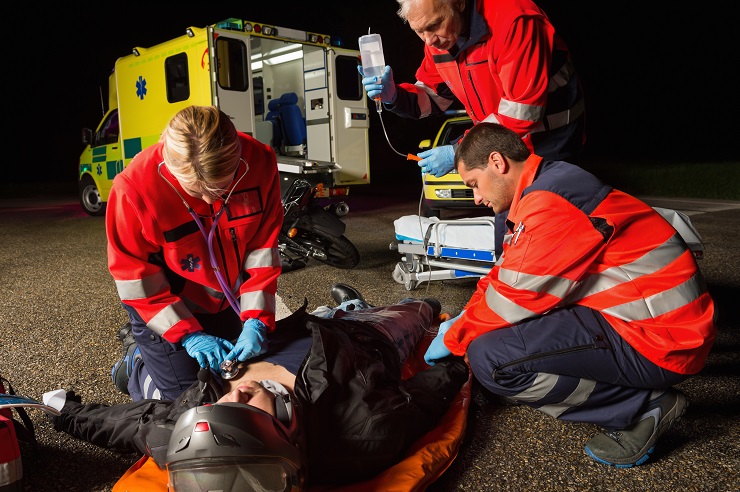Natural disasters are an unfortunate reminder of Mother Nature’s power. From hurricanes, blizzards, thunderstorms, forest fires and tornadoes, these disasters leave a physical and mental impact on all individuals involved. Most disasters leave a clear path of physical destruction, which can take years to repair. Sadly, some disasters can lead to loss of life or physical injury, which certainly take an emotional toll on the community and family involved.
No matter the size of the force of nature, the lives of families, neighbors, friends and the community as a whole is forever changed after a disaster. It is important to find ways to help each other navigate the emotional and mental impact of these events as the recovery efforts move forward.
When a major disaster or emergency situation occurs, the American Red Cross knows that the people affected not only need food and shelter, but also emotional support. They are anxious; they may be stressed or worried at their current situation and what they face in the days and weeks ahead.
Other signs of emotional distress related to natural disaster include:
- Fearing that forecasted intense weather systems may develop into a tornado or other significant storm even when the chances they will are low.
- Constant yelling or fighting with family and friends.
- Having thoughts, memories, or nightmares related to the natural disaster that you can’t seem to get out of your head.
These are just a few warning signs of disaster-related distress. If you or someone you know shows any of these symptoms for 2 weeks or more, whether you know they are in relation to a specific weather-related event or if it is unclear how they started, you are not alone.
Some populations are more at risk for emotional distress and include:
- Children and Teens – After a natural disaster, young people may worry that another storm will happen. They may become overly dependent, have trouble eating and sleeping, or show physical symptoms such as stomachaches and headaches.
- Older Adults – Older adults are more likely to need social support to reduce the effects of stress and move forward on the path of recovery. Some older adults may also be dealing with the loss of physical capabilities and possibly independence.
- First Responders and Recovery Workers – These individuals may experience prolonged separation from loved ones (depending on the severity of the storm) and show signs of mental fatigue.
People can experience a wide range of emotions after a disaster or traumatic event.
According to The Counseling Team International each person reacts to stress in his or her own way. What is traumatic for one person may not be for another. But traumatic stress can happen to anyone. Stress from a critical incident cannot be prevented, it is the result of exposure to trauma…but it can be managed.
There’s no right or wrong way to feel. However, it’s important to find healthy ways to cope when these events happen. An Employee Assistance Program (EAP) remains available to help start the process of emotional recovery. When an incident occurs, counselors can be on-hand or on-call to deal with any critical incident. As well, resources can be available to help individuals deal with any confusion or worry that might be plaguing them post-disaster.
After most natural disasters, the physical impacts are usually addressed the quickest, as they are visible and clearly in need of repair. But it is important as well to address how individuals were affected emotionally, as the shock of experiencing a natural disaster can have long term impacts that can affect a community for years to come.
If your organization is looking for an EAP to help with everyday stressors AND also be available when natural disasters occur, contact us here for more information.


